Chemical Peels
Chemical peels can improve the look and feel of your skin. They are used to treat fine lines, wrinkles, mild scars, sun damage, age spots, freckles and dark patches (melasma). Chemical peels can be on the face, chest, neck and hands. You can treat the whole face or treat a localized area, such as under the eyes or around the mouth.
There are superficial, medium grade and deep peels. The superficial peels focus on treating the top layer of skin or stratum corneum. A medium peel goes deeper, penetrating through all five layers of the epidermis to the top layer of the dermis. A deep peel goes past the papillary layer in the dermis, to the reticular layer and possibly to the subcutaneous tissue, depending on the patient’s needs. The recovery will vary depending on the type of peel you receive.
Who is a good candidate for a chemical peel?
- Before you have any type of chemical peel, a consultation is recommended. Make them aware of your medical history such as scarring or history of cold sores. Certain topical treatments like Retin-A, Renova or glycolic creams will need to be discontinued prior to a peel. They will review any necessary medications and instructions needed prior to the peel.
- There are many different peels to treat specific skin types. Fair-skinned and light-haired patients are generally better candidates for medium to deep peels. If your skin is darker or tanned, you may require a lighter type of peel or a test spot prior to any treatment to make sure not to cause hypo- or hyper-pigmentation.
- Depending on the type of peel you may be required to prep your skin at least six weeks before your treatment. The goal of this pre-conditioning regimen is to prepare your skin for improved penetration of the peel and a faster recovery. This pre-conditioning will also improve your overall skin’s appearance.
- Following your peel, you will be given instructions on post-peel skin care. You will be required to wash the treated area a few times a day and then cover with Aquaphor™ or a thick moisturizer. Your initial recovery can take three to seven days. After the first week you may still experience peeling, inflammation or redness; this will taper off. If you are having a TCA peel or Phenol peel you could be pink for four to twelve weeks following your treatment.
- After a peel, your skin is temporarily more sensitive to the sun. It is very important to wear sunscreen every day. We recommend a “broad-spectrum” sunscreen since it will protect against the sun’s UVA and UVB rays.

